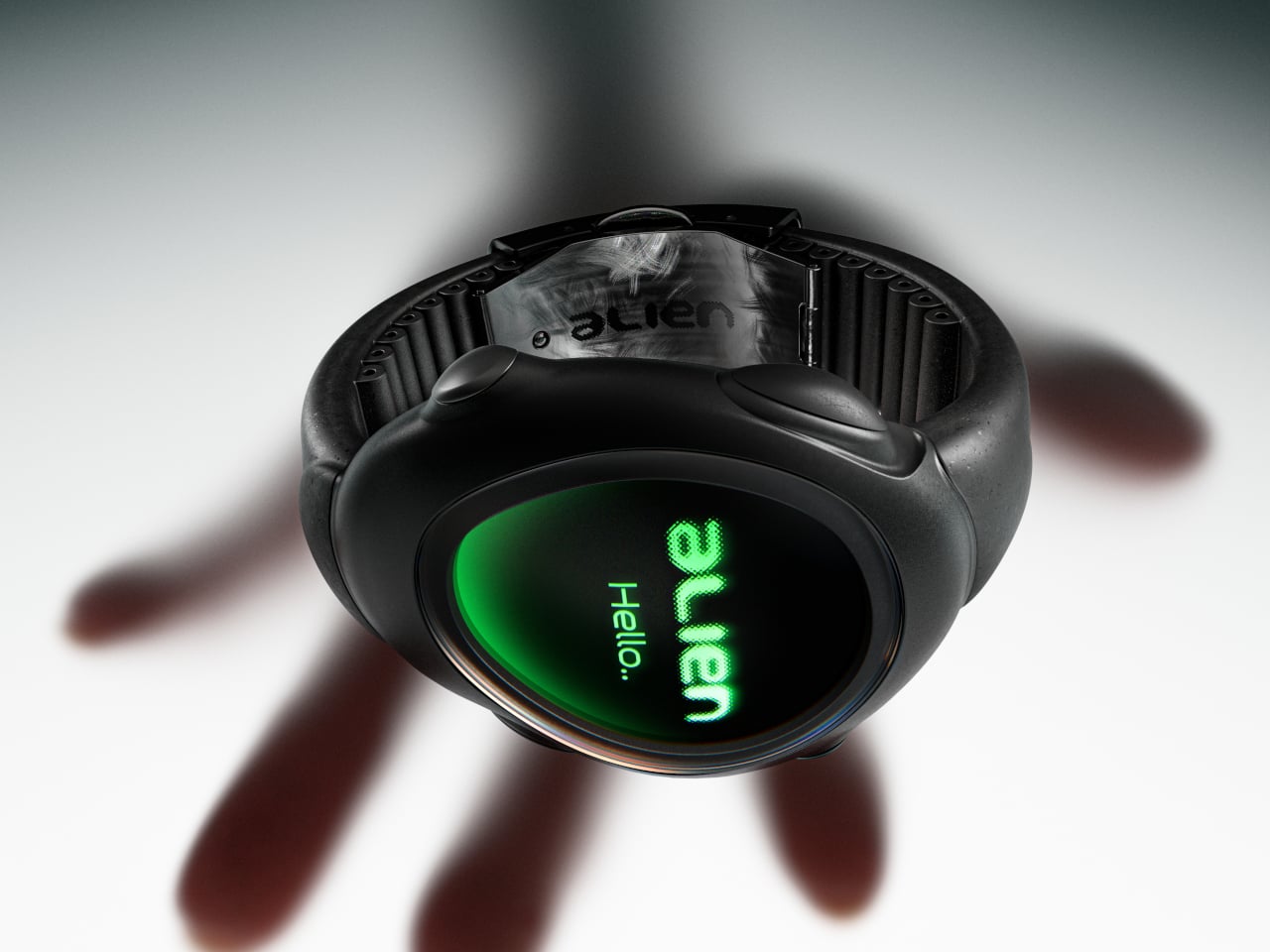A classic vintage car is still in such great condition it managed to outperform its support vehicle during a road trip around Scotland. The Daimler, which was made in 1920, completed the North East 250 route to raise more than £20,000. Meanwhile, the modern VW van accompanying it on the 250-mile journey to carry spare parts, ended up breaking down halfway round.
Motoring enthusiast Darren McWhirter, who runs the Decora store in Elgin, said: “You couldn’t make it up. It was the last thing we imagined was going to happen.” Darren set off on the two-day adventure with his dad Tom, plus Bruce and Callum, his two sons.

The first day saw the Daimler negotiate both the UK highest and second highest routes – the 2199ft Old Military Road and the 2083ft Lecht. Although it did require a bit of a push from Bruce and Callum to make it over the Lecht’s steep last section. Not bad going for a vehicle with only 16 horsepower in comparison to the 180hp which is about the average nowadays.
The Daimler can reach a top speed of nearly 40mph but driving it is a very different experience to a modern-day car. For starters, its accelerator and brake are the opposite way round to normal, while persuading the thing to start is an elaborate procedure that first involves pouring a small amount of petrol into two egg cup-like holders. The driver then has to push a button about 40 times which works a bit like a bicycle pump to pressurise the fuel system.
Finally, there’s the necessary business of getting out of the Daimler, walking round to the front and using a crank handle to get the motor running. The vintage vehicle was also made long before car manufacturers began fitting seatbelts. Darren says: “Even if you wanted to retro-fit one there’s nowhere to properly secure a seatbelt because the car is all brass and plywood.
“Similarly, the brakes are only on the rear wheels so you can’t slow down anywhere near as quickly. Neither can you accelerate or manoeuvre sharply to get away from problems. “All of this means you have to drive very carefully, looking well ahead and trying to anticipate what’s about to happen before it actually does.
” Happily, other motorists are almost universally understanding. Darren says: “We didn’t get a single toot or angry gesture during the whole two days. “I think it helped that there was a sign on the van explaining that we were doing it for charity.
“But the general reaction to old cars seems to have changed a lot over the past 20 or so years. “People are genuinely chuffed to still see them on the road. As we were driving along we could see lots of windows being rolled down and passengers filming and taking photos.
” The Daimler was built in 1910 and originally belonged to the Christie family from the Blackhills estate near Elgin. At the time, it was widely viewed as the world’s most luxurious vehicle, even more so than a Rolls Royce. Many years later, during the Second World War, the Daimler was purchased from a scrapyard in Elgin by two Polish airmen who restored it between them.
Its long and varied backstory then saw the car move around much of Europe, including the former communist state of Yugoslavia. It was bought at a local auction by Darren’s dad, Tom, about 30 years ago. The Daimler is available to view at the Moray Motor Museum in Elgin, along with loads of other classic cars and bikes.
The museum, which is opposite Decora, is open from 11am-4pm, seven days a week, between April and the end of October. The two-day road trip has already raised £20,030 for Prostate Cancer UK – more than four times the original target set by the family. Donations can still be made.
Simply, go to the JustGiving website and type 'Moray Motor Museum' into the search box..



















